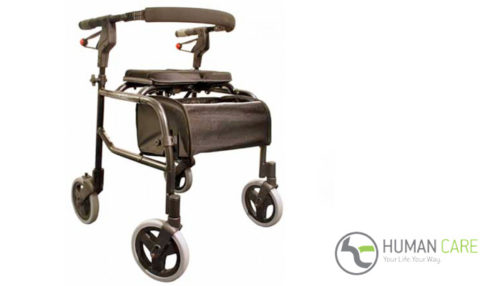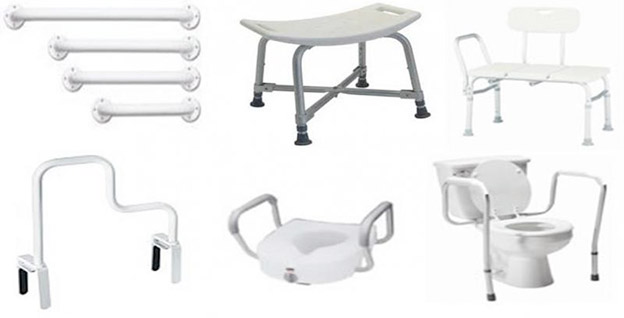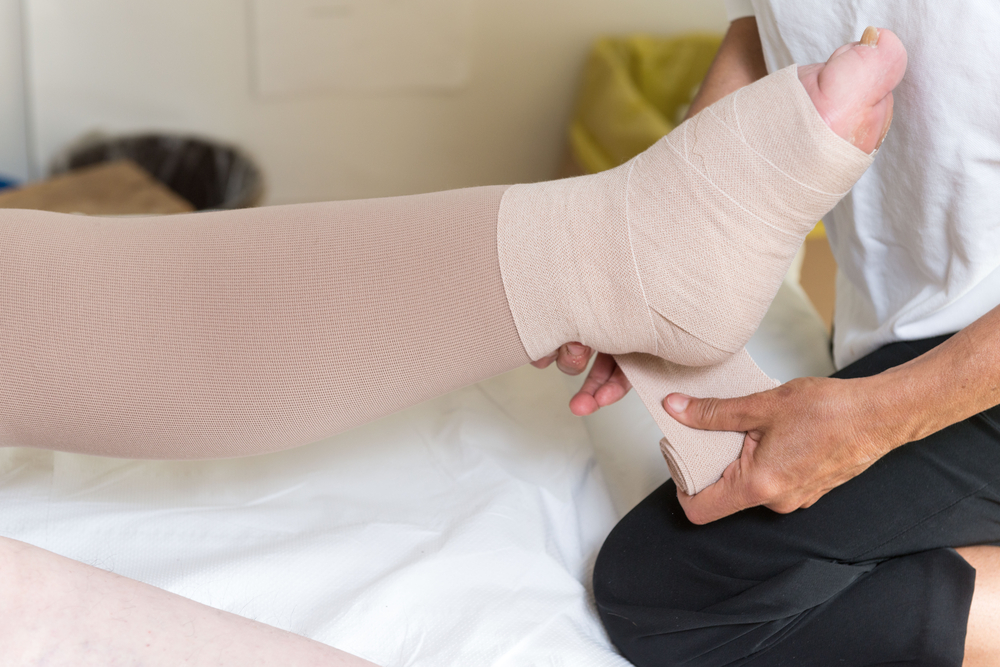How Aging Impacts Physical Mobility

Are you finding that you have more trouble bending or reaching now than you did a few years ago? Do you find that your legs are stiff, and walking is difficult first thing in the morning or after sitting for a while? Nearly 50% of seniors develop poor mobility at some point, mainly due to changes in the structures of joints, bones, and muscles. These parts are all interconnected and dependent on each other to work properly, which means that a problem with one part can lead to issues with others.
What Causes Mobility Problems?
There isn’t always one single cause of reduced mobility. It can be the result of poor nutrition, atrophy from lack of use, or degenerative diseases like osteoarthritis and osteoporosis. These issues can strike at any time, but they tend to begin in middle age and progress from there if not addressed or treated. They seem to accelerate sometime in our 70s. The progression of these issues results in:
- Changes in gait (walking speed and performance)
- Poor posture
- Loss of muscle mass
- Joint stiffness
- Decline in quality of life
Why Do Mobility Issues Occur More as We Age?
Beginning at about age 30, muscles start to shrink and lose mass at a rate of one quarter pound per year. Because we’re still relatively active at that age, it isn’t as noticeable. As we get older, the fibers in our muscles shrink and disappear at an accelerated rate. They regenerate slower and are replaced by tougher, less flexible tissue.
Changes in the way our nervous systems function also affect muscle contraction. Bones become brittle and decrease in density due to loss of calcium and other minerals. This especially affects women during menopause, leading to additional problems with strength and flexibility. Cartilage shrinks and the fluid that cushions joints and vertebrae also begin to dry out, causing stiffness and pain.
What Are the Results of Physical Changes?
Some mobility problems are the result of an accident or disease that affects the skeletal, muscular, or nervous system. Most other physical problems occur as a natural consequence of use and wear over the years. They’re worsened by poor nutrition, genetics, and a sedentary lifestyle.
Many of us don’t even notice mobility problems creeping up on us at first. One day, we feel a little stiffness first thing in the morning, or pain in our hips and knees after a long walk. We shrug it off until it reaches a point where it is affecting our lifestyle and ability to get around.
Eventually, balance becomes affected, leading to falls. Because the bones are more fragile, they break more easily. As we grow older, our ability to rebound after an injury is also reduced. All of these factors play off of each other and contribute to further physical decline. This can also affect our emotional state.
Can Poor Mobility Be Improved?
Many of us reach a certain age and wish we had taken better care of our bodies when we were younger and thought we were invincible. No one can turn back time. However, we can prevent further deterioration and improve our physical condition at any age.
It starts with good nutrition. Among the other unfortunate side effects of getting older are changes in appetite and digestion. That means we have to make up for what we aren’t getting in our diets by taking supplements that are specially formulated to address age-related deficiencies. Women need to increase their intake of calcium after menopause to 1,200 mg daily. Also, men and women over 70 need 800 IUs per day of vitamin D.
Exercise is the next step toward improved mobility and range of motion. It will also help improve your mental and emotional state. Here are some of the best ways to move and which issues they address:
Balance and coordination: Movement-based routines that revolve around practices like yoga and tai chi improve balance and focus. These are low-impact, enjoyable, and relatively easy to learn, and many communities offer classes. They also help improve focus and concentration.
Strength and flexibility: Activities like weight training and walking help restore and maintain bone density and prevent further muscle loss. It’s okay to begin with light weights and moderate walking if you’re not used to exercising regularly. For those who find that too much, swimming or water aerobics allow you to move your muscles in a way that is easier on the body. Any increase in activity is beneficial, and you will be able to add activities as your physical condition improves.
Joint and skeletal: You can also improve your range of motion and reduce stiffness by doing simple stretches and rotations. Many can even be performed in a chair while you’re sitting down. For example, you can reach your arms over your head and bend forward, making sure to keep reaching forward until you bend as far as you can. This can be done from a sitting or standing position, and you’ll be able to bend a little farther with time. Another easy stretch that can be performed while sitting or standing is to turn your torso from the waist, left and right, five to 10 times per session.
You don’t need to become a bodybuilder or start running marathons, but small steps will make bigger steps easier and less uncomfortable. Remember to consult your doctor before beginning any new diet or fitness routine. They will also be able to tell you how to tailor any exercise routines to help accommodate chronic conditions like arthritis. Start slow and the improvements will come. There are also many mobility aids on the market that will help you get around regardless of your physical limitations.
How We Can Help
Adapt Home Health Care is your source for high-quality mobility aids and health care accessories that are delivered right to your door. Contact us through our website or give us a call at (905) 794-5003 today. We offer free in-home assessments, and we’re available 24/7 to provide customized service on your terms.
- Adapting the Workplace for People with Disabilities - December 2, 2020
- More About Rollators and The NeXus 3 - March 26, 2020
- Bathroom Safety 101 - March 12, 2020

 905-822-1614
905-822-1614




